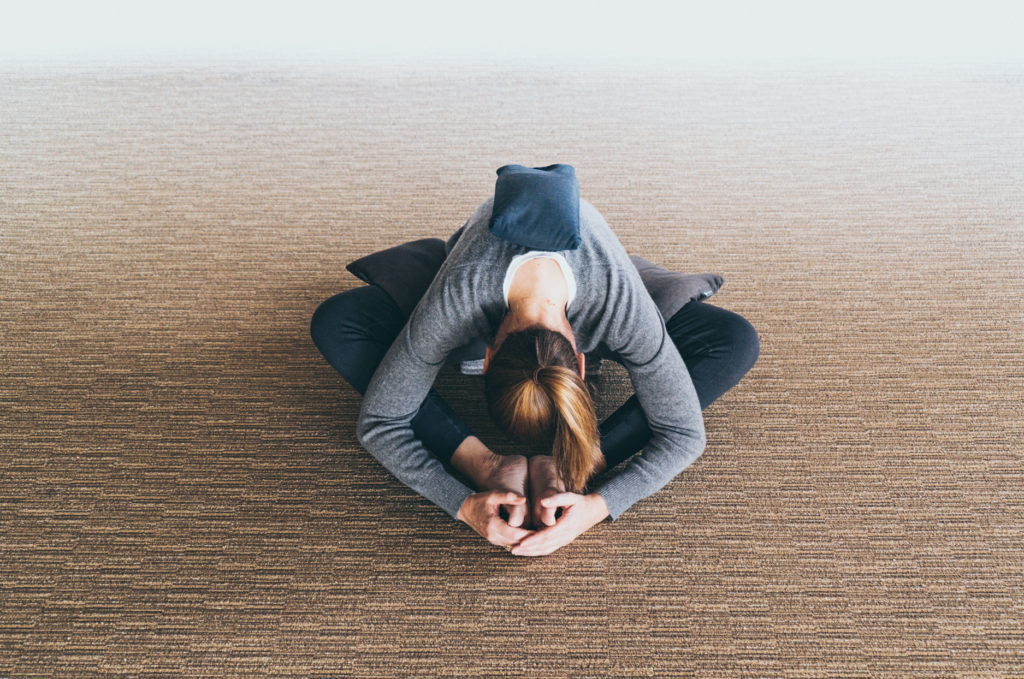Last updated: March 20, 2020

Paulie Zink has made several statements critical of the style of Yin Yoga developed by Paul Grilley. Comments include:
1) Too much yin is bad.
2) Yin Yoga should work the whole body.
3) Genuine Yin Yoga encompasses the energy of the animals.
4) Commercial Yin Yoga classes only teach 10 or 15 postures but [Paulie Zink’s] classes will do two dozen different things with lots of movement and no timer.
5) Popular Yin Yoga is only the first stage of a deeper practice with thousands of postures available.
6) Yin Yoga was never meant to be dead yoga.
1) The first two concerns take the form of a straw man fallacy. A straw man fallacy presents a statement or assertion that is not actually part of the position or practice being critiqued. For example, the statement that “too much yin is bad” implies that the Yin Yoga practice as developed by Paul Grilley is flawed because you should not only do Yin Yoga. But neither Paul Grilley nor any other Yin Yoga (PG) teacher has ever claimed that Yin Yoga is a complete practice. All Yin Yoga (PG) teachers would acknowledge that other practices (yang forms of exercise) are necessary for wholeness and health. (See the concern Yin Yoga in not a complete practice.) Indeed, Paul has often warned his students that yoga by itself is insufficient for optimal health. For example, he advises yoga students to also add resistance training with weights. His Yin Yoga DVD has several wonderful, yang flows such as the Golden Seed and the Dragons.
2) The second straw man is the claim that Yin Yoga should work the whole body, implying that Yin Yoga (PG) is only for the lower body. However, in the Yin Yoga (PG) style, upper body stresses are also employed. For example, in the book The Complete Guide to Yin Yoga there is a section on Yin Yoga for the upper body. (I also offer such practices in this article.) Paul Grilley has pointed out that the primary targeted areas for Yin Yoga (PG) are the hips and the spine, as these areas tend to tighten more and more quickly as we age, but this does not mean that other areas cannot be targeted. Yin Yoga (PG) can target and affect the whole body.
3-5) The next three concerns all employ a similar tactic of conflating the Yin Yoga (Z) style with the Yin Yoga (PG) style. Paulie is asserting that his style of Yin Yoga is the “genuine” practice while Paul’s style he calls “commercial” or “popular” Yin Yoga. This plays off the confusion Paulie created when he renamed his Taoist Yoga practice Yin Yoga. However, Yin Yoga (PG) is not a subset or precursor to Yin Yoga (Z). This is not to criticize Yin Yoga (Z), because it is indeed a wonderful practice, but to claim that Yin Yoga (PG) is somehow deficient because it is not Yin Yoga (Z) is specious.
Yin Yoga (PG) was never offered or created as a subset or introduction to Paulie’s Taoist Yoga, and the fact that Paulie changed the name of his practice to the same name that Paul was using does not make Paul’s practice subordinate to Paulie’s. This would be akin to an Ashtanga teacher changing the name of her offering to “restorative yoga” and then criticizing restorative yoga because it doesn’t have difficult postures, or because it is not based on vinyasa, or because it doesn’t lead to further series. They are two very different practices with different intentions. So, too, for Yin Yoga (PG) and Yin Yoga (Z).
6) The final concern that “Yin Yoga is dead yoga” is just mean. I feel no need to explain how Yin Yoga (PG) is a living practice loved by many, but I will point out that dead people can’t do Yin Yoga.
